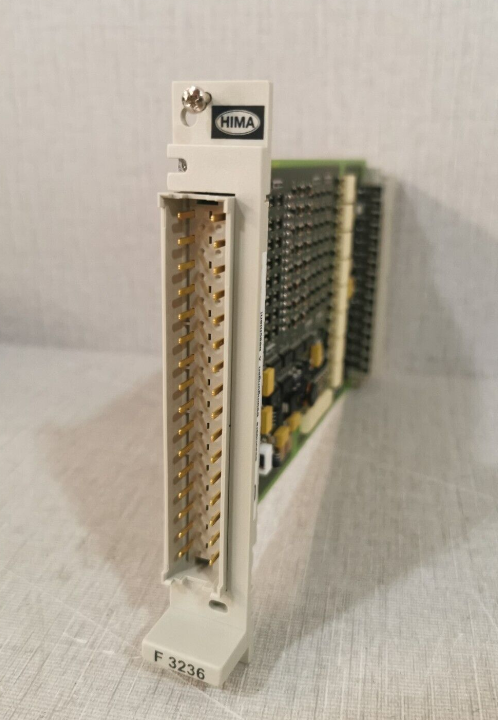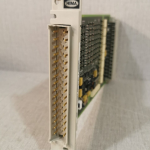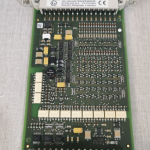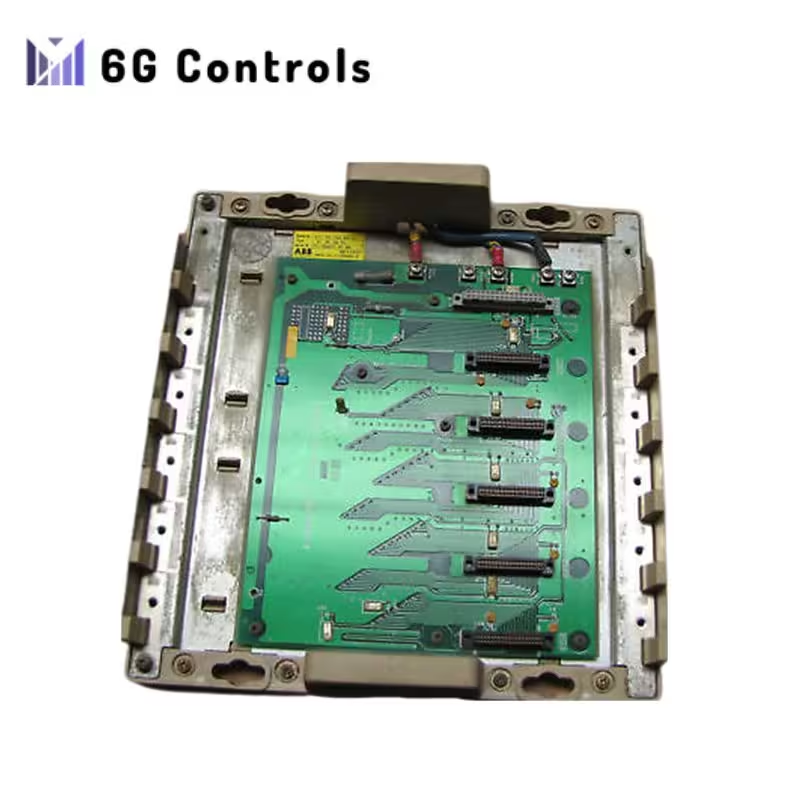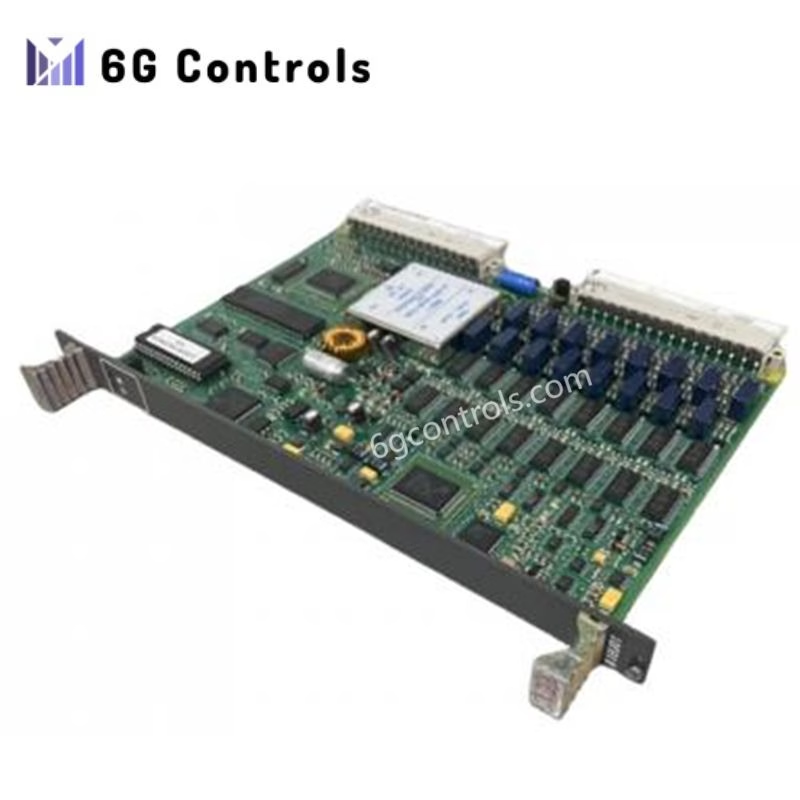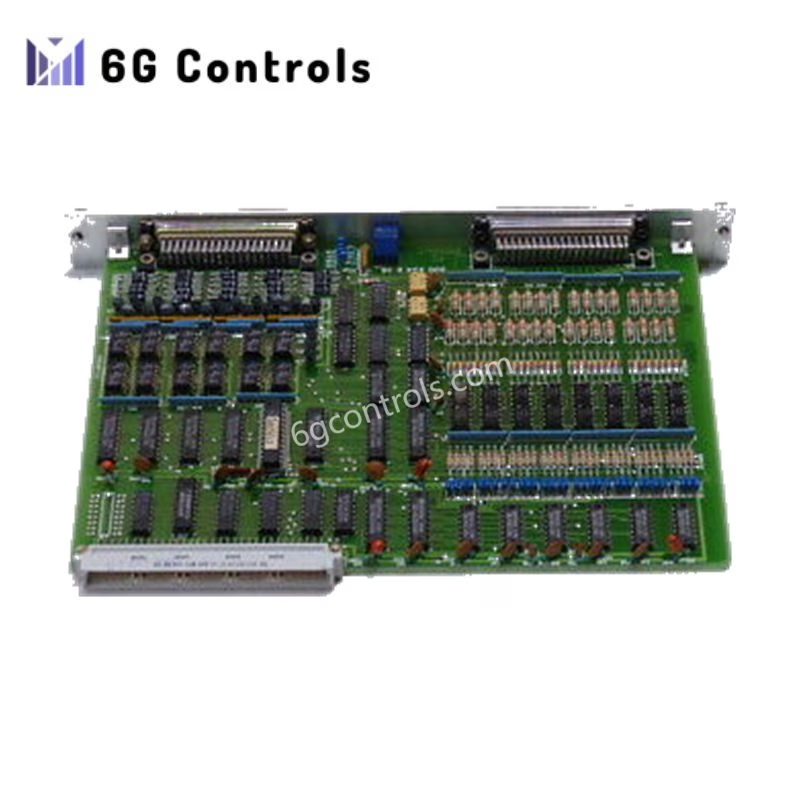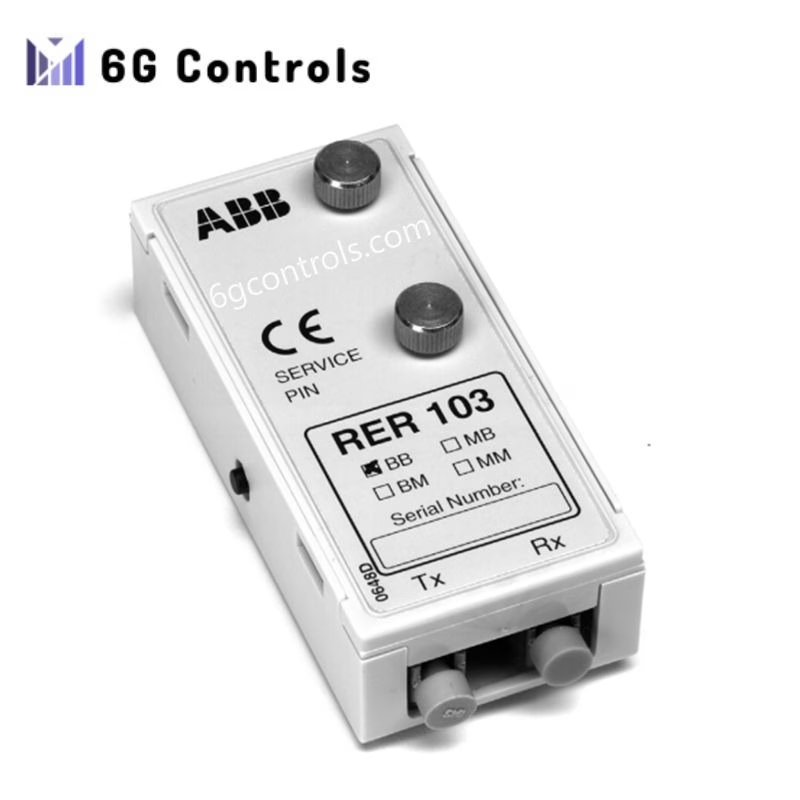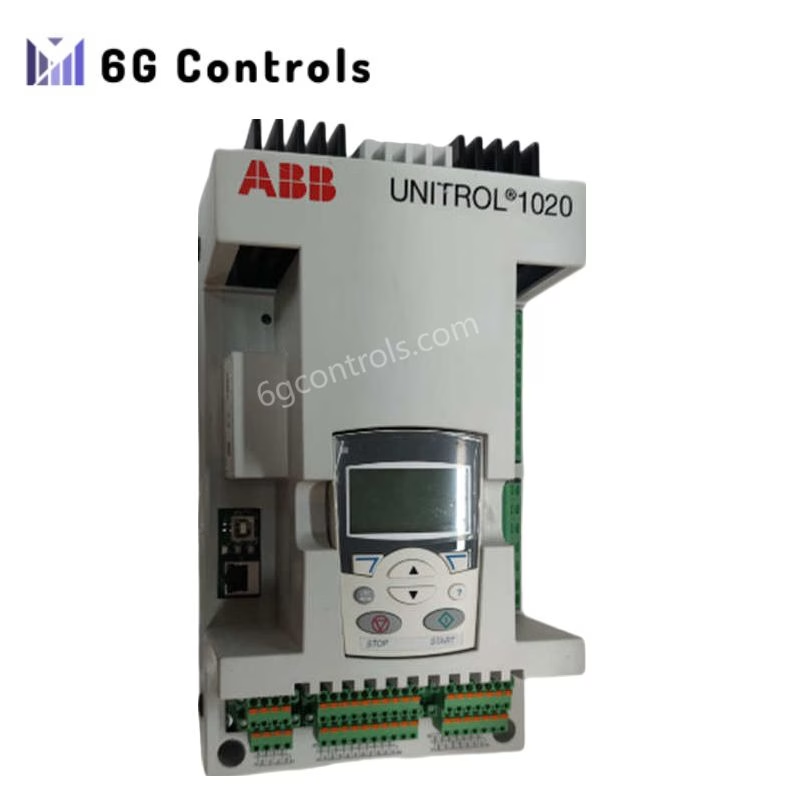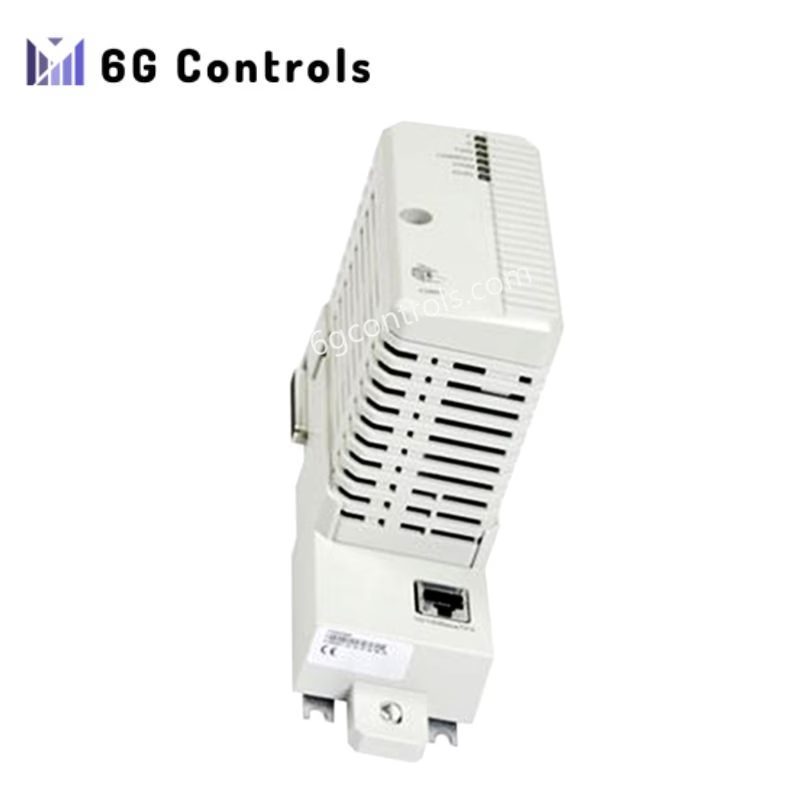The HIMA F3236 Digital Input Module stands out as an excellent and original device specifically designed for various industrial applications. Its impressive features and technical specifications ensure reliable and safe operation in industrial processes. Let’s delve into its key features, technical specifications, benefits, and applications.
Features
- This module offers 16 channels for digital input, providing ample input options.
- It handles safety-related input signals, guaranteeing system safety.
- Compliance with IEC 61508 and EN 62061 standards ensures adherence to safety regulations.
- The wide input voltage range accommodates various industrial voltage levels.
- It is compatible with a diverse range of sensors, allowing for versatile sensor integration.
- Overvoltage protection, undervoltage protection, and short circuit protection are incorporated to safeguard the system.
Technical Specifications
| Feature | Specification |
|---|---|
| Number of channels | 16 |
| Input voltage range | 24 – 240 VDC |
| Input current range | 10 mA – 20 mA |
| Input resistance | 100 kΩ |
| Output voltage | 24 VDC |
| Output current | 100 mA |
| Protection features | Overvoltage protection, undervoltage protection, short circuit protection |
Benefits
- The HIMA F3236 Digital Input Module ensures safety and dependability as a HIMA PLC input signal interface.
- Its compatibility with a wide range of sensors offers a versatile solution for various applications.
- In case of faults, the module’s safety features prevent system damage.
Applications
The versatile HIMA F3236 Digital Input Module finds applications in various industrial settings, including:
- Manufacturing: It aids in efficient control and automation of manufacturing processes.
- Building Automation: The module contributes to the automation of building systems for enhanced control and safety.
Safety systems play a crucial role in ensuring the well-being and protection of individuals and communities. These systems encompass various measures, including alarm systems, surveillance cameras, and emergency response protocols, to prevent accidents and reduce risks. Implementing safety systems is vital for maintaining a safe and secure environment.
 6G Controls - Leading Supplier of New & Original PLC 、DCS Parts and Automation Controller
6G Controls - Leading Supplier of New & Original PLC 、DCS Parts and Automation Controller
